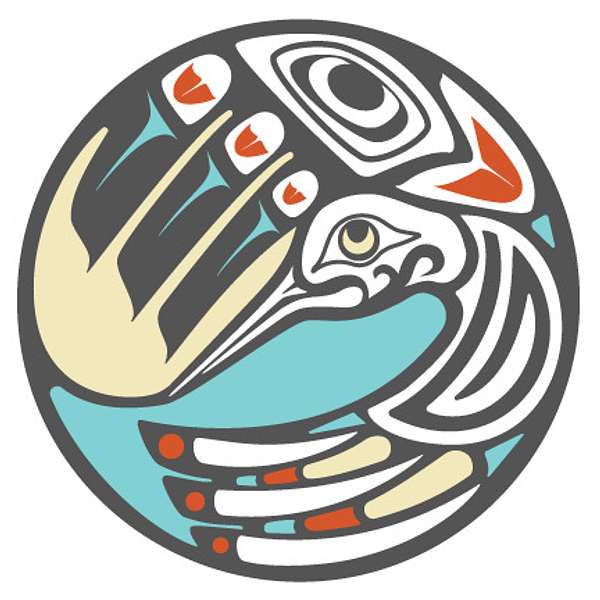 When Maine separated from Massachusetts and became a state in 1821, it took over Massachusetts’s treaty obligations and responsibility for the Indian communities. The state of Maine controlled the tribes’s money and resources—they held them in “trust.” “Indian agents” were assigned by the state to oversee the Native communities and to manage tribal money. The State of Maine did not allow Native people to manage their own money and resources. For instance, whenever money needed to be spent on the reservation the Indian Agent had to approve the project and give permission for their money to be spent.
When Maine separated from Massachusetts and became a state in 1821, it took over Massachusetts’s treaty obligations and responsibility for the Indian communities. The state of Maine controlled the tribes’s money and resources—they held them in “trust.” “Indian agents” were assigned by the state to oversee the Native communities and to manage tribal money. The State of Maine did not allow Native people to manage their own money and resources. For instance, whenever money needed to be spent on the reservation the Indian Agent had to approve the project and give permission for their money to be spent. Each week, the Indian agent gave each family a stipend to buy food, clothing, firewood and other necessities. This money belonged to the Native people, not to the State or to the Indian agent, but they were not allowed to have control over it! Many times the money given for a family’s necessities was far less than the necessities cost. For instance, in 1910, a cord of wood cost between $4 and $9, but only $3 was given to widows for their winter supply of wood.
Over the next 150 years, the State of Maine illegally and without permission from the tribes sold off, leased and transferred thousands of acres of Native land. The State also illegally authorized the harvesting and sale of Native timber and hay—and sold the timber and firewood back to the Native communities. In some cases, the State added money to the trust funds for the illegal sale of land and resources. In other cases, no payments were made. Interest on the deposits to these funds was supposed to be paid at six percent per year. From 1859 until 1969 no interest was ever paid to the tribes. Instead, it went to the Indian agents.
Without control over their own money and tribal resources, Native people suffered. Reservations were places of extreme poverty. Native language was outlawed through an act of the State Legislature. Sicknesses such as tuberculosis, measles and whooping cough swept through the communities. Native people were forced to learn farming and raise crops. Native children attended convent schools run by nuns and taught in English. In most cases, the only buildings recommended by the Indian agents for repair were the churches, schoolhouses and homes for nuns and priests. Indian agents remained in control of tribal resources and money until the mid-1970s.
Photo: Whalebone point at the Abbe Museum
Visit the ABBE MUSEUM, PO Box 286, Bar Harbor, Maine 04609 (where President Obama and family had a mini-vacation recently)






















